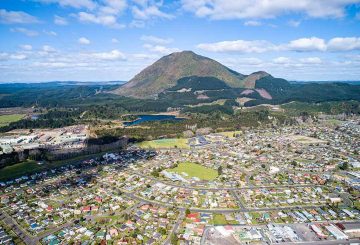能源和资源部长梅根·伍兹说,政府将进入新西兰电池项目的下一阶段,研究抽水水电的可行性以及替代的多技术方法,这是政府在新西兰建立弹性、负担得起、安全和脱碳的能源系统的长期计划的一部分。
新西兰电池项目成立于2020年底,旨在为 “干旱年问题” 寻找创新的解决方案,即水力发电湖用电量不足,导致燃烧更多的化石燃料来弥补电力短缺,而且电费账单往往会增加。
“在我们解决干旱年问题之前,我们将继续依靠燃烧昂贵且污染严重的化石燃料来发电。这对气候和我们的电费账单都不利,” 梅根·伍兹说。
“抽水发电是一种在大型储层中储存能量的巧妙方法,当需要更多电力时,能量会释放到较低的储层中,比如巨型电池。旱年解决方案将是朝着我们的使命迈出的一大步,即在新西兰实现更多的可再生能源发电并为新西兰提供更多电力。
梅根·伍兹说:“政府还同意继续寻找该计划的替代方案,包括将比较技术相结合,并确定北岛中部可能的小型抽水发电计划的范围,但须与iwi达成协议。”
生物质、柔性地热能和氢气已被确定为抽水水电的可能替代方案,因为它们最有可能共同储存足够的能量来帮助解决日照问题。
第一阶段的调查显示,昂斯洛湖的抽水发电计划大约需要七到九年的时间才能建成,估计建筑成本为157亿美元。
“为了国家的利益,我们可以选择从短期角度出发,继续为与气候变化相关的不断增加的成本付出代价,也可以大胆地从长远的角度出发。
来源:s unlive.co.nz




























































